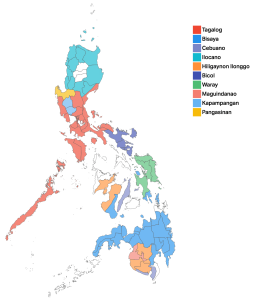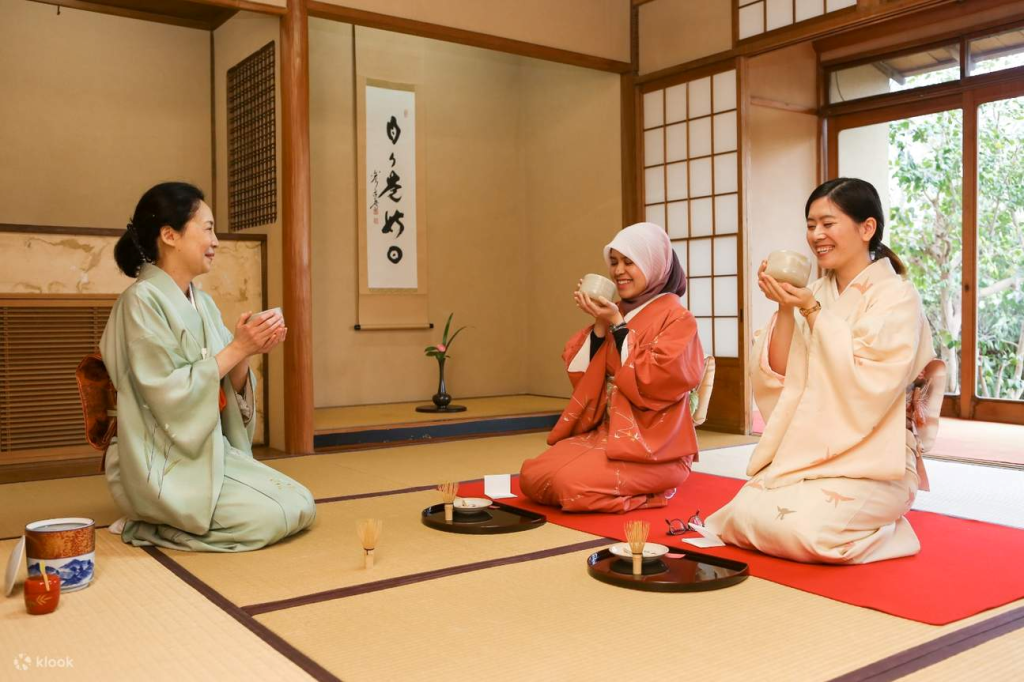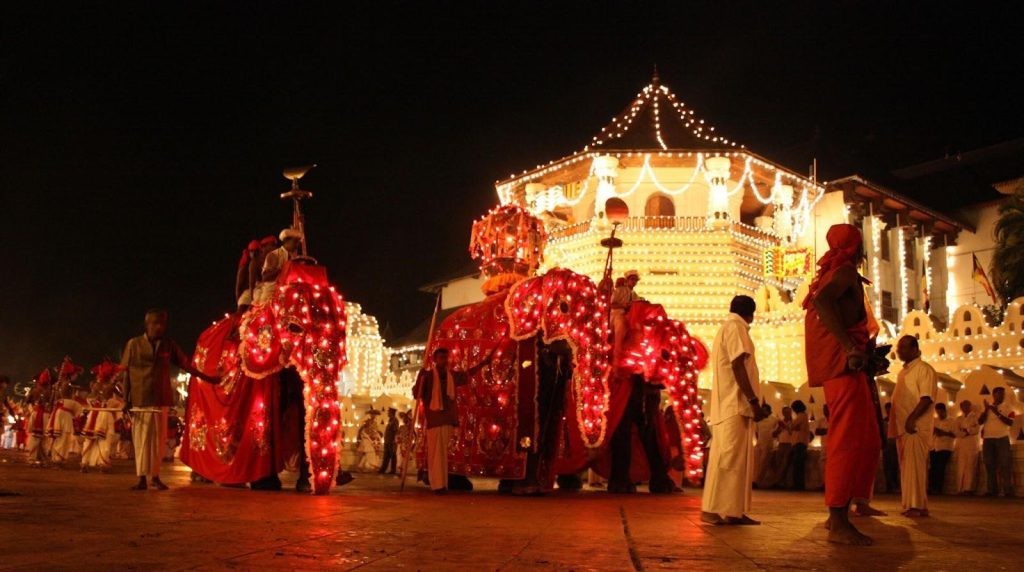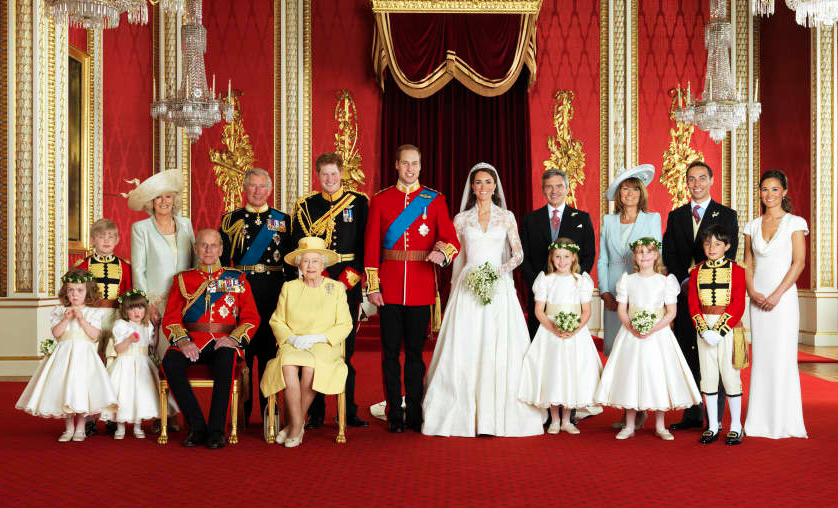History
The Philippines has a rich and complex history that has been shaped by a variety of factors, including its geography, colonial past, and cultural diversity. This essay will provide an overview of the history of the Philippines, using APA in-text citations and references to support its claims.
The Philippines is an archipelago consisting of over 7,000 islands located in Southeast Asia. The first inhabitants of the Philippines are believed to have arrived around 30,000 years ago (Scott, 1984). These early inhabitants were likely of Negrito descent, and over time they were joined by waves of Austronesian settlers from what is now Indonesia and Malaysia (Pomeroy, 1999).
The Philippines was first colonized by the Spanish in 1565, and for over three centuries it remained a Spanish colony (Scott, 1984). During this time, the Philippines was ruled by a series of Spanish governors, and the Catholic Church played a significant role in shaping the country’s culture and society (Karnow, 1989). The Spanish period also saw the rise of a wealthy and powerful class of landowners, known as the ilustrados, who would go on to play a significant role in the country’s independence movement (Karnow, 1989).
In 1898, the Philippines declared its independence from Spain, but this was not recognized by the United States, which had recently acquired the Philippines as part of the Treaty of Paris (Scott, 1984). The United States would go on to rule the Philippines as a colony until 1946, during which time it implemented a range of policies aimed at modernizing the country and establishing a democratic government (Pomeroy, 1999).
Following its independence, the Philippines experienced a series of political and economic upheavals, including the imposition of martial law by President Ferdinand Marcos in 1972 (Karnow, 1989). The Marcos regime was characterized by widespread corruption and human rights abuses, and it was eventually overthrown in the peaceful People Power Revolution of 1986 (Pomeroy, 1999).
Since the 1980s, the Philippines has made significant strides in improving its economy and governance, but it continues to face a range of challenges, including poverty, corruption, and political instability (Scott, 1984). Despite these challenges, the Philippines remains a vibrant and culturally rich nation, with a diverse and resilient population that continues to shape its history.
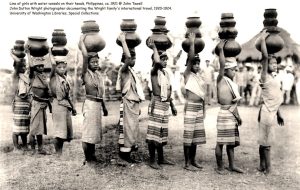
Location
The Philippines is a Southeast Asian country located in the Western Pacific Ocean. It is situated on the eastern side of the Malay Archipelago, sharing borders with Taiwan to the north, Vietnam to the west, Indonesia to the south, and Malaysia to the southwest (CIA World Factbook, 2021). The country is made up of more than 7,600 islands, with the largest being Luzon, Mindanao, and Visayas (Philippine Statistics Authority, 2019). The capital city, Manila, is located in the northern part of the country on the island of Luzon.
The location of the Philippines makes it prone to natural disasters such as typhoons, earthquakes, and volcanic eruptions due to its location along the Pacific Ring of Fire (Mercado, 2019). Additionally, its location has made the Philippines a strategic location for international trade and commerce, with several major ports located throughout the country (Siy, 2019).
In conclusion, the Philippines is located in Southeast Asia, bordering Taiwan to the north, Vietnam to the west, Indonesia to the south, and Malaysia to the southwest. The country is made up of more than 7,600 islands, with the largest being Luzon, Mindanao, and Visayas. Its location has made it prone to natural disasters but also a strategic location for international trade and commerce.
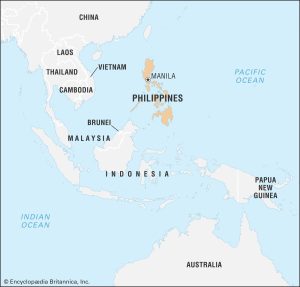
Climate
The climate of the Philippines is tropical, characterized by high temperatures and high humidity throughout the year. The country has two distinct seasons, the dry season and the wet season. The dry season usually lasts from December to May, while the wet season lasts from June to November. The country is also vulnerable to typhoons, which are common during the wet season (Kiem et al., 2018).
The temperature in the Philippines is relatively constant throughout the year, with an average temperature of around 26°C. However, temperatures can be higher in the summer months, with average temperatures in May reaching 32°C (IPCC, 2018). The humidity in the country is high, particularly during the wet season, and can reach up to 90% (Kiem et al., 2018).
The Philippines is also prone to natural disasters, particularly typhoons, which are caused by the interaction of warm ocean waters and atmospheric conditions. The country experiences an average of 20 typhoons per year, with some of them causing significant damage to infrastructure and loss of life (IPCC, 2018). The frequency and intensity of typhoons are projected to increase in the future due to climate change (Kiem et al., 2018).
The climate of the Philippines is also influenced by the El Niño Southern Oscillation (ENSO), a periodic climate phenomenon that affects weather patterns globally. The ENSO can cause prolonged droughts and intense rainfall in the country, affecting agricultural production and water resources (IPCC, 2018).
In conclusion, the climate of the Philippines is tropical, with high temperatures and high humidity throughout the year. The country is vulnerable to typhoons and natural disasters, with the frequency and intensity projected to increase in the future due to climate change. The ENSO also influences the climate of the Philippines, affecting agricultural production and water resources (IPCC, 2018; Kiem et al., 2018).
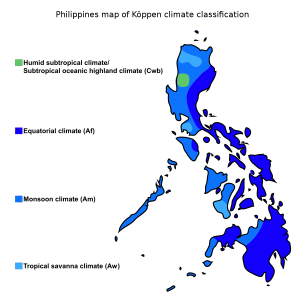
Languages
The Philippines is a country with a rich cultural and linguistic diversity. The Philippines is home to more than 175 ethnic groups, each with their own language and dialects (Gonzalez, 2018). The official language of the Philippines is Filipino, which is based on Tagalog. Filipino is spoken by the majority of the population and is the medium of instruction in schools. English is also an official language and is widely spoken and used in business and education.
In addition to Filipino and English, there are many other languages spoken in the Philippines. Some of these languages include Cebuano, Ilocano, Waray, Bicolano, and Hiligaynon (Gonzalez, 2018). These languages are spoken by millions of Filipinos and are used in everyday communication.
The Philippines is known for its high level of language diversity, but this diversity can also be a challenge. The use of multiple languages in different regions can create a communication barrier, particularly in education and business (Gonzalez, 2018). As a result, there is a growing need for a common language that can be used to bridge the communication gap.
To address this need, the Philippines has adopted Filipino as its national language. Filipino is based on Tagalog and incorporates elements from other Philippine languages. It is meant to serve as a unifying language for the nation and promote national unity (Gonzalez, 2018). However, the adoption of Filipino as a national language has also been met with some criticism. Some argue that it places Tagalog at the center of the country’s linguistic identity and marginalizes other languages (Gonzalez, 2018).
In conclusion, the Philippines is a country with a rich linguistic diversity. While Filipino and English are the official languages, there are many other languages spoken in the country. The adoption of Filipino as a national language is meant to promote national unity, but it has also been met with criticism. The use of multiple languages can create communication barriers, but it is also a reflection of the country’s unique cultural heritage.
